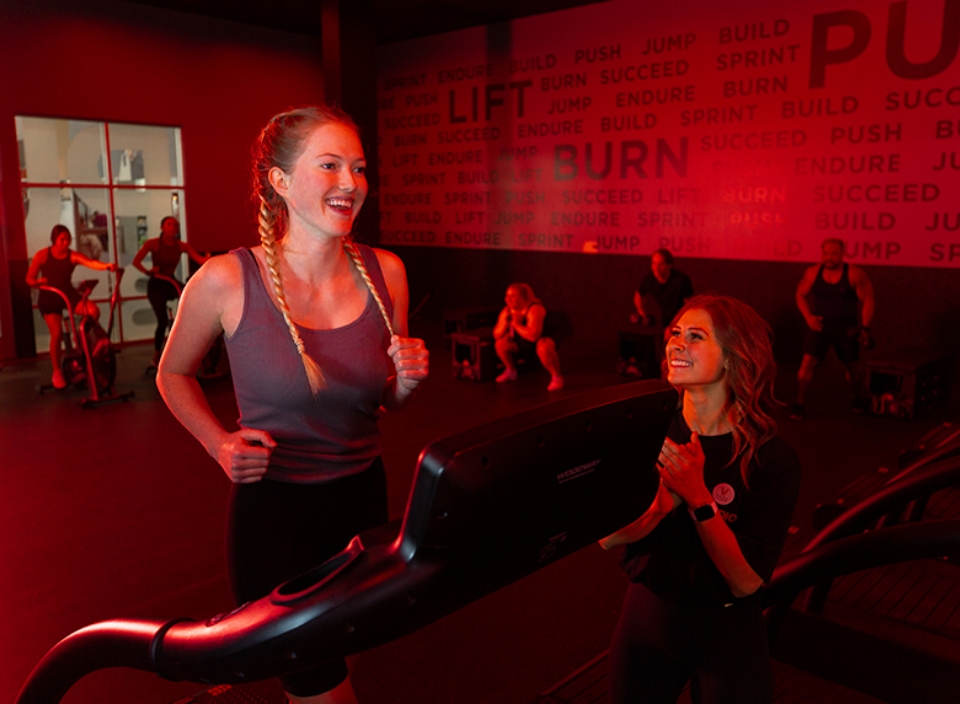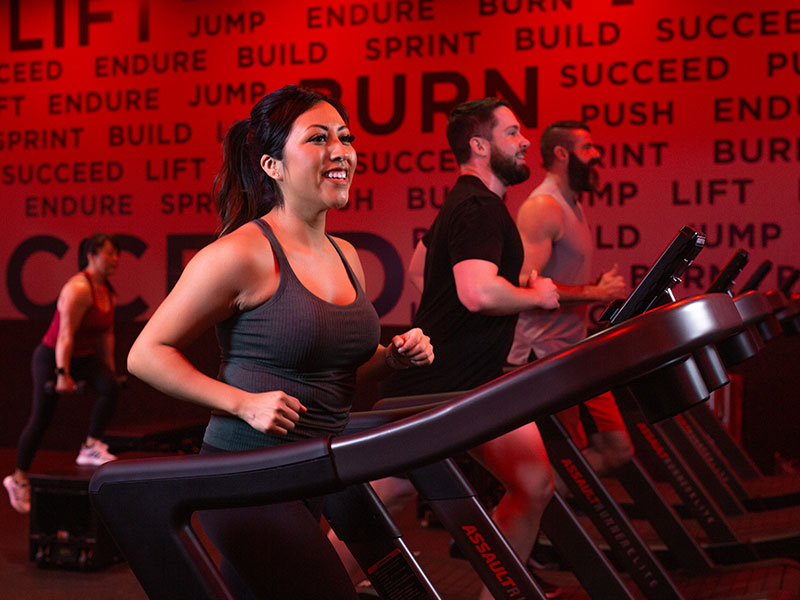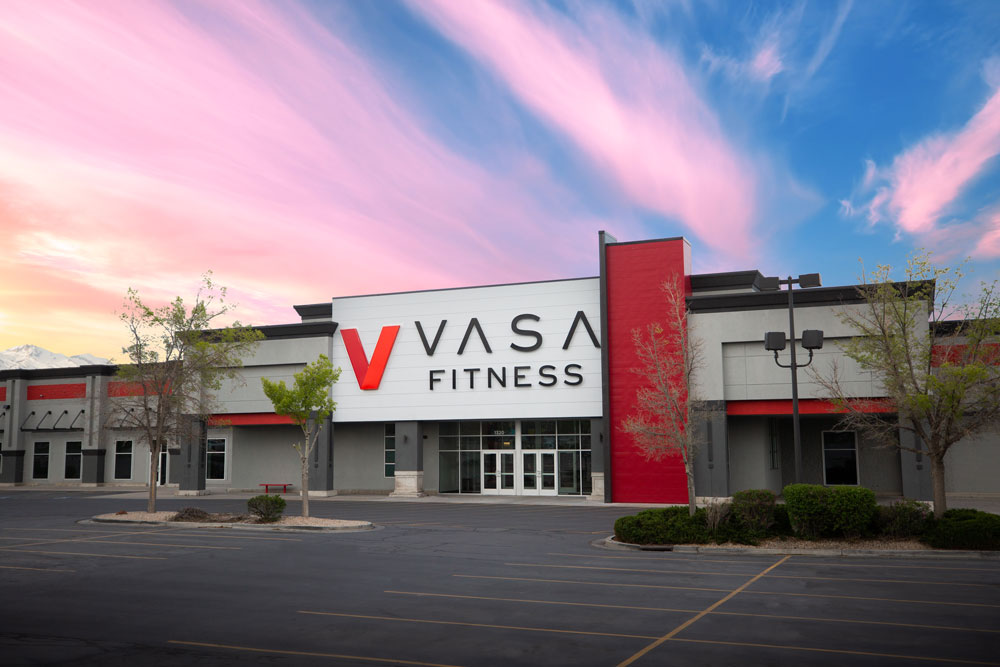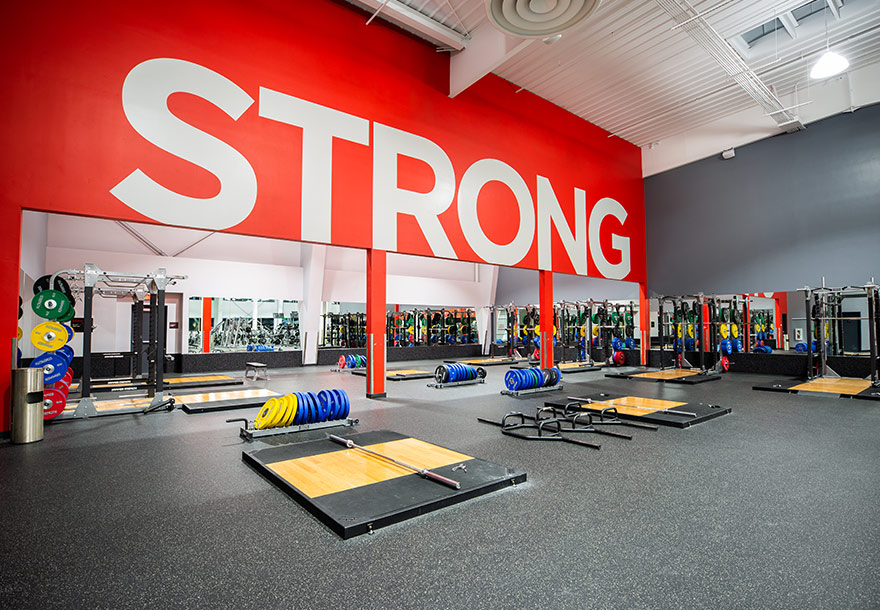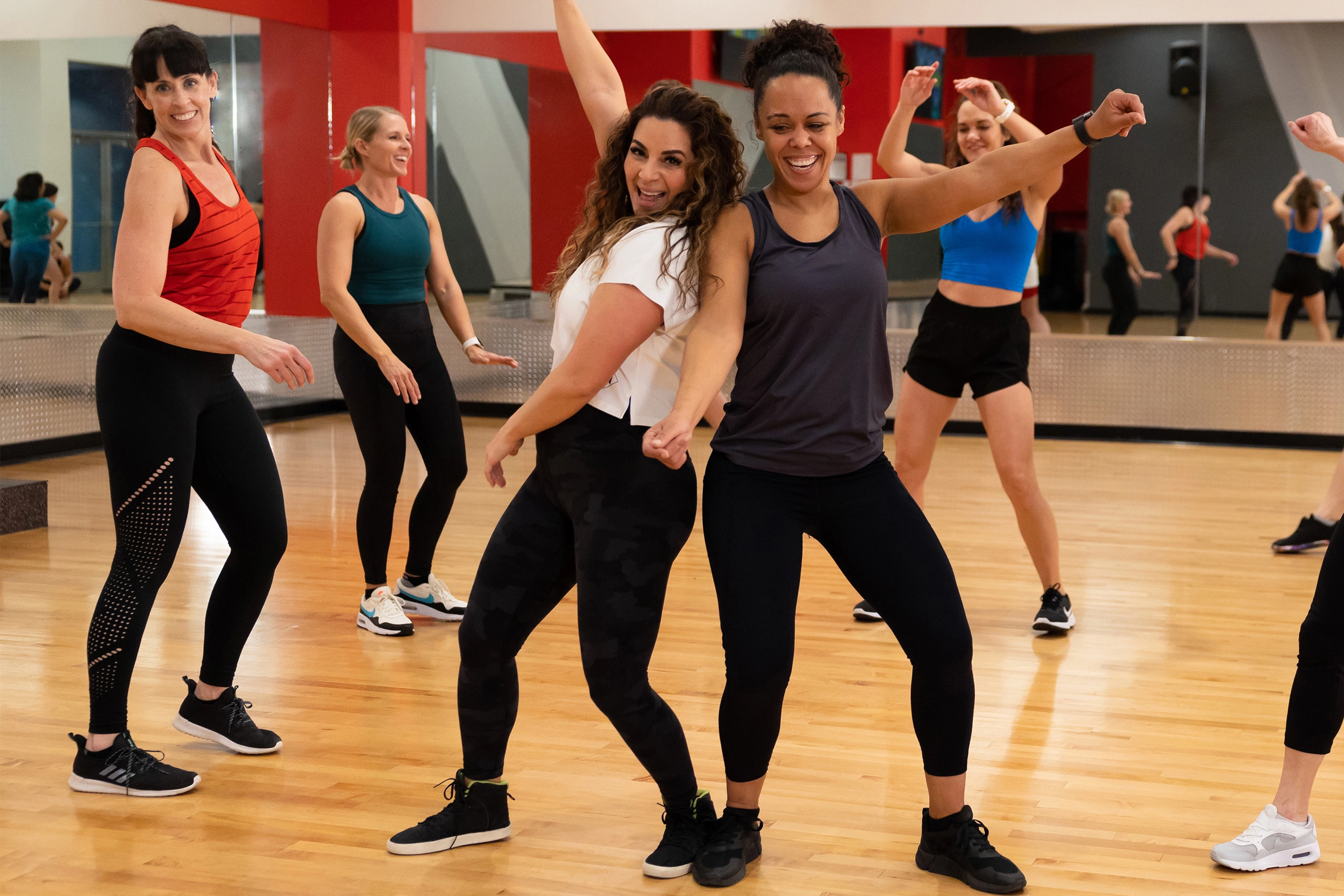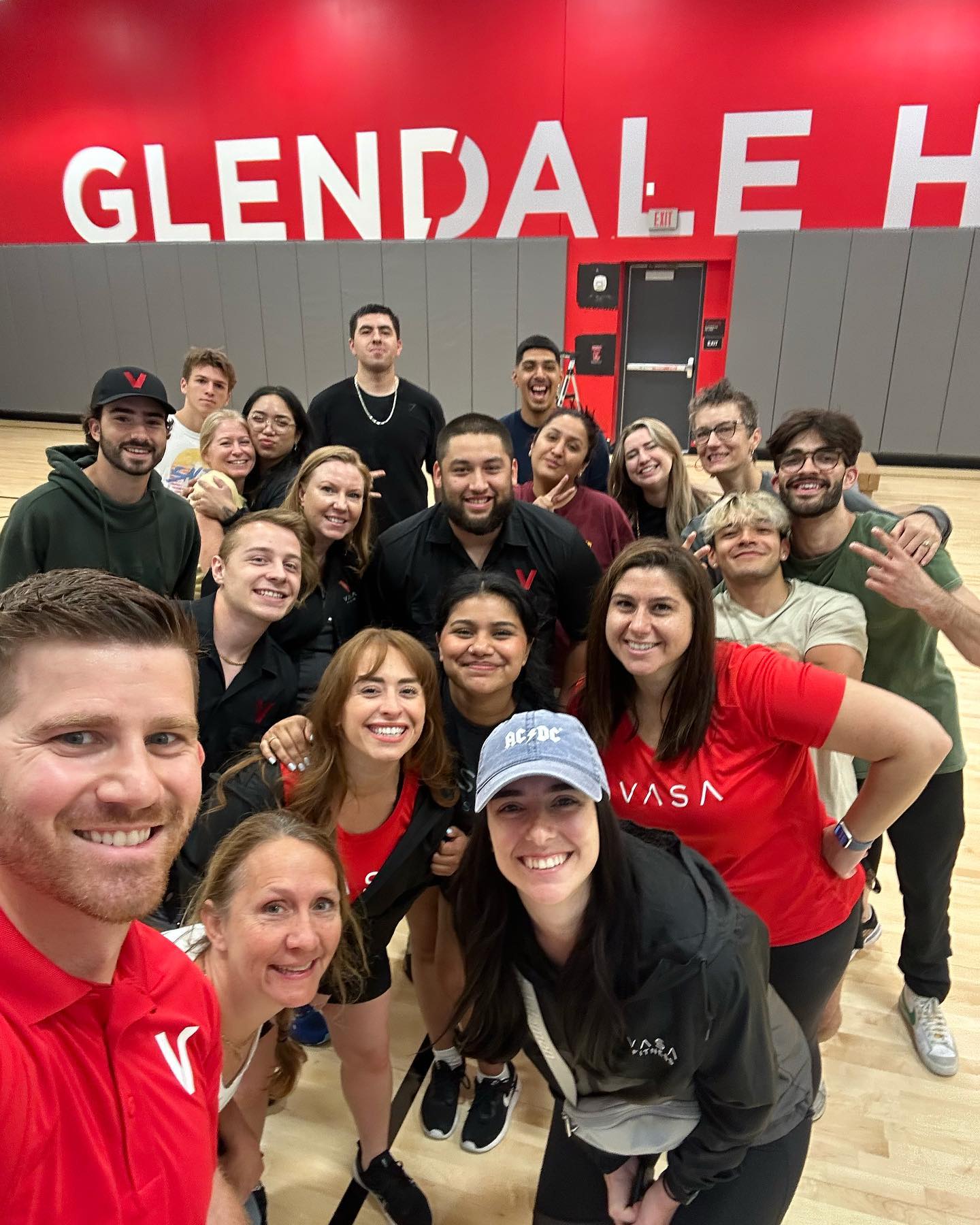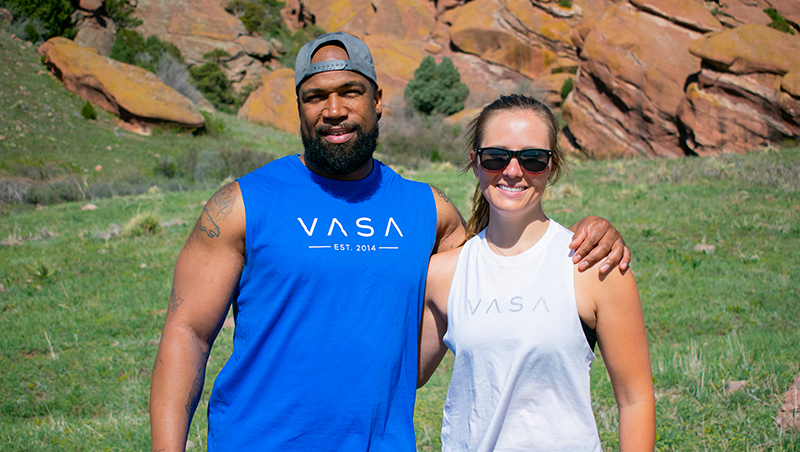Great Exercises When Recovering from an Injury
At any point during your fitness journey, an injury could derail your progress. Injuries can be either chronic (constantly present) or acute (like an unforeseen accident), and recovering from either type takes time, patience, and smart planning. Seeking medical attention for clearance to do certain activities following an injury will not only help you heal, but also prevent injuries in the future.
Soreness vs. Injury
Sometimes we go too hard in the gym and experience delayed onset muscle soreness (DOMS) that can feel like we’ve pulled or strained muscles. This usually happens 24 to 48 hours following a new type of workout or grueling effort. This should not be confused with an injury, which has a specific cause and symptoms like sharp pain compared to general soreness and stiffness.
Medical Care
When an injury occurs, see a qualified healthcare professional like a physician or physical therapist first. These practitioners can diagnose your injury and will be able to treat your pain and provide recommendations for proper healing. Fitness professionals are helpful during the recovery process, who can help you train around injury and then once you’re recovered, help you get strong to avoid future injuries.
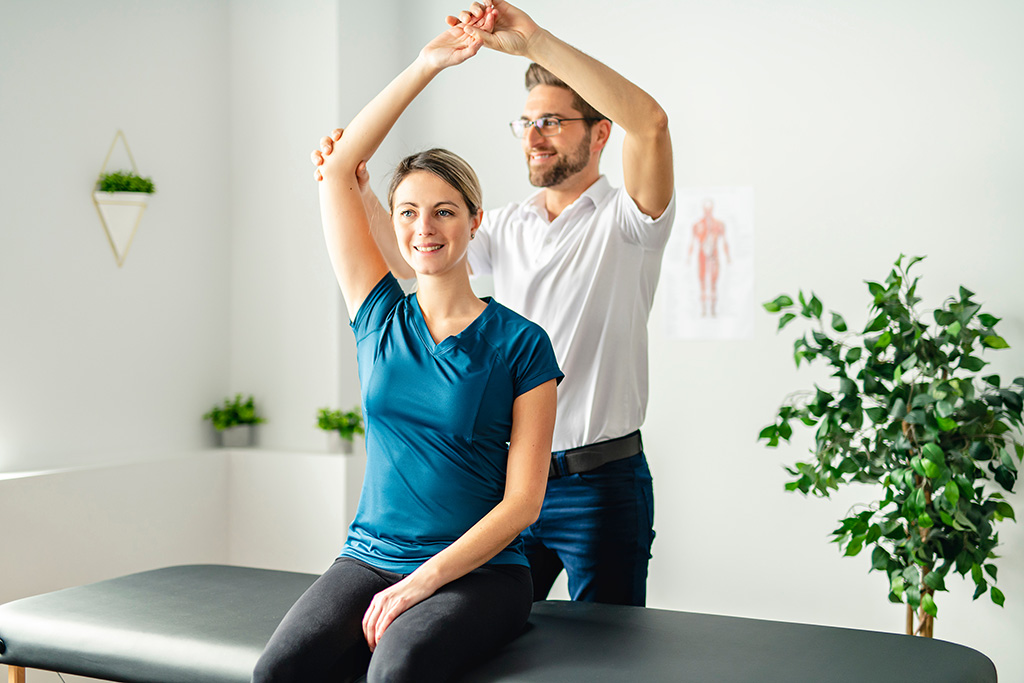
How to Train When Injured
Many gym-goers who experience an injury will stop working out completely, when in fact they could simply alter their exercise routines. Sometimes the worst part of an injury is the mental trauma and accepting your limited mobility. Finding alternative ways to continue your fitness journey will help alleviate the mental stress of dealing with an injury and could help speed recovery.
Little thought goes into sleep and nutrition; however, these two components of fitness greatly impact the body’s ability to recover. Focus on getting eight to nine hours of quality sleep each night and eat minimally processed, whole foods during the day. This will help you prevent unwanted weight gain so you can return to regular activity without delay. Not to mention, both sleep and a healthy diet can help you avoid injury in the first place, when combined with a warm-up and smart workout combinations.
Upper Body Injury
Shoulders, elbows, and wrists take a beating in everyday life as well as in the gym, making them prime areas to experience an injury. When an injury happens in the upper body, focus on lower body training and cardiovascular conditioning. Squats, lunges, and hinges are great exercises to do while you rest your upper body. Combining cardio with lower body strength training will help create a strong fitness base and allow you to maintain or even improve your fitness while your injury heals. Mobility training, which gently moves the injured body part through larger ranges of motion, can help restore normal function and is usually recommended by doctors once you’ve reached specific recovery milestones.
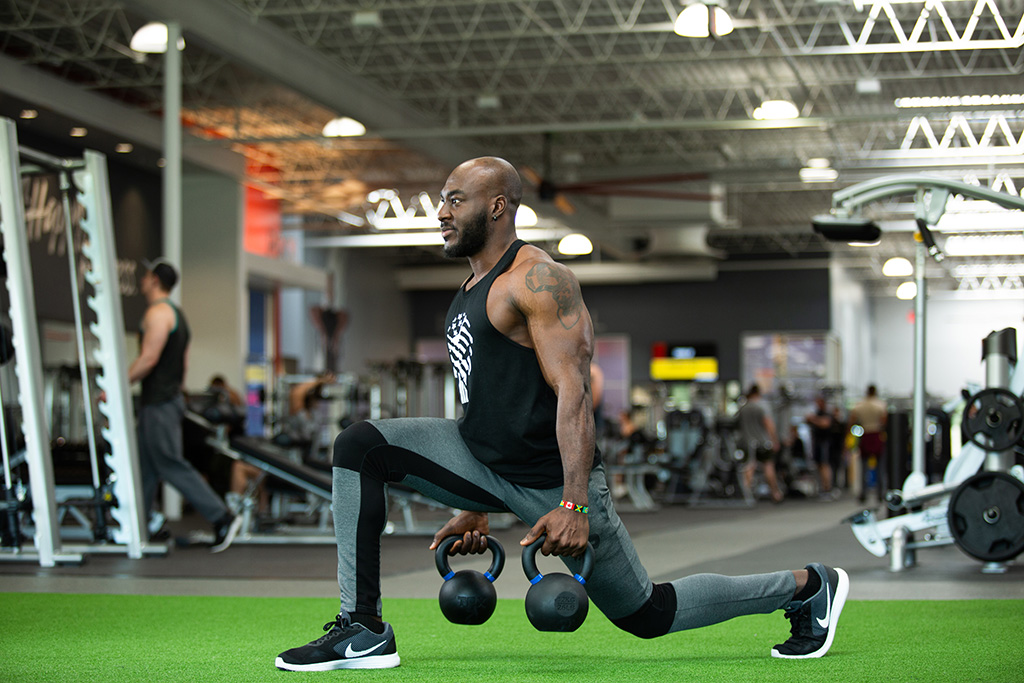
Lower Body Injury
Most lower body injuries are in the knees and low back. More than 80% of adults will experience low back pain at some point in their lives and many others will experience knee pain. While there is no one cause of low back pain, there are several ways to train around and through it when experiencing severe pain. Focus on movements that stabilize the spine during resistance training to avoid exacerbating the pain. Work to increase strength and mobility in the standard squat, hinge, and lunge movements instead of forcing your body into ranges of motion you’re not prepared for. For knee injuries, avoid deep flexion common in lunges and squats and focus instead on hip-based movements like the Romanian Deadlift and variations of the hip bridge. Low intensity exercise like walking, cycling, and swimming will also help you stay fit without irritating your injury.
The healing process can actually take longer than necessary if you avoid exercise for too long after an injury. Getting plenty of sleep, eating quality food, and training your healthy body parts will help keep you motivated and progress towards your long-term goals while allowing the injury to heal. If exercising with an injury seems daunting, work with a certified personal trainer once you’ve been cleared to exercise by your doctor. A fitness professional will help you select appropriate exercises to do as you heal and provide you with a plan to prevent injury in the future. Learn more about VASA’s Personal Trainers here.
RECOMMENDED
SUBSCRIBE TO OUR BLOG
Enter your email to start receiving our blog emails!
